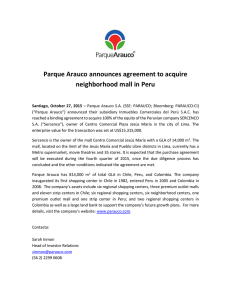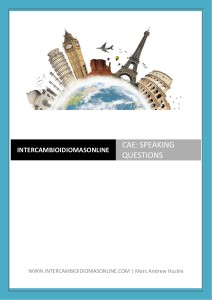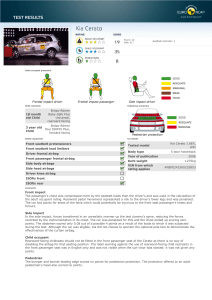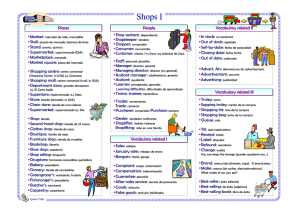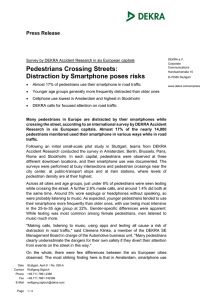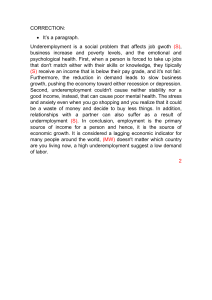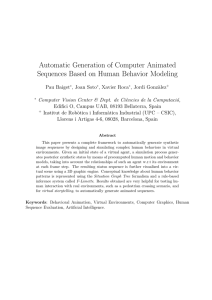Impact on the Pedestrian Flow in Downtown Antofagasta as
Anuncio
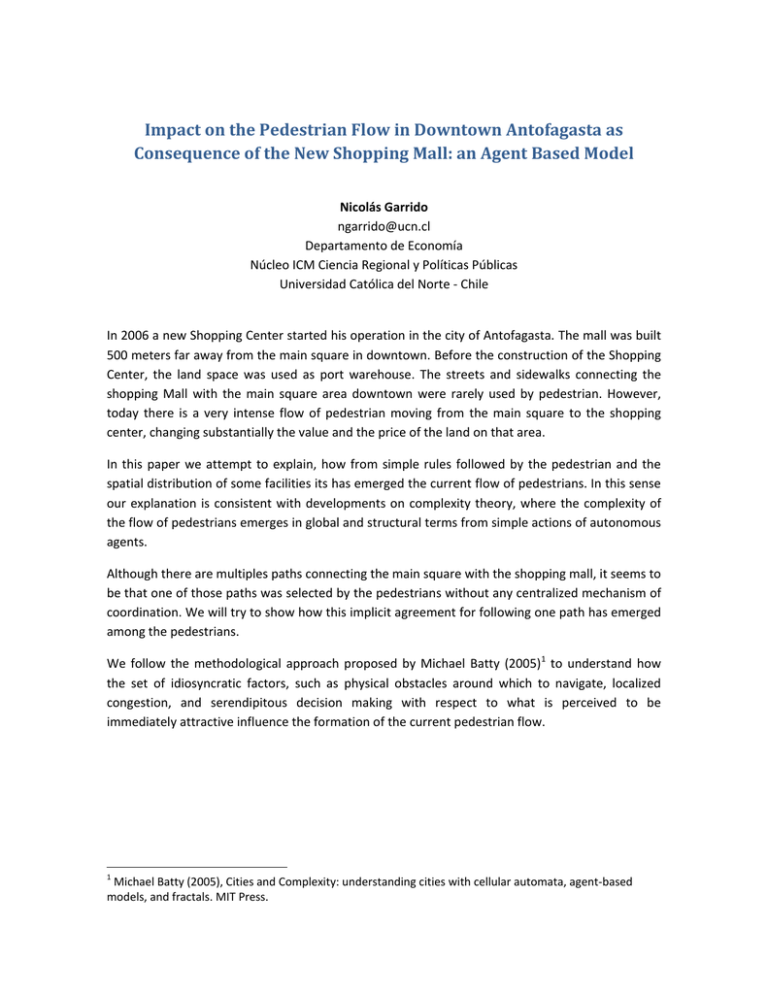
Impact on the Pedestrian Flow in Downtown Antofagasta as Consequence of the New Shopping Mall: an Agent Based Model Nicolás Garrido ngarrido@ucn.cl Departamento de Economía Núcleo ICM Ciencia Regional y Políticas Públicas Universidad Católica del Norte - Chile In 2006 a new Shopping Center started his operation in the city of Antofagasta. The mall was built 500 meters far away from the main square in downtown. Before the construction of the Shopping Center, the land space was used as port warehouse. The streets and sidewalks connecting the shopping Mall with the main square area downtown were rarely used by pedestrian. However, today there is a very intense flow of pedestrian moving from the main square to the shopping center, changing substantially the value and the price of the land on that area. In this paper we attempt to explain, how from simple rules followed by the pedestrian and the spatial distribution of some facilities its has emerged the current flow of pedestrians. In this sense our explanation is consistent with developments on complexity theory, where the complexity of the flow of pedestrians emerges in global and structural terms from simple actions of autonomous agents. Although there are multiples paths connecting the main square with the shopping mall, it seems to be that one of those paths was selected by the pedestrians without any centralized mechanism of coordination. We will try to show how this implicit agreement for following one path has emerged among the pedestrians. We follow the methodological approach proposed by Michael Batty (2005)1 to understand how the set of idiosyncratic factors, such as physical obstacles around which to navigate, localized congestion, and serendipitous decision making with respect to what is perceived to be immediately attractive influence the formation of the current pedestrian flow. 1 Michael Batty (2005), Cities and Complexity: understanding cities with cellular automata, agent-based models, and fractals. MIT Press.


